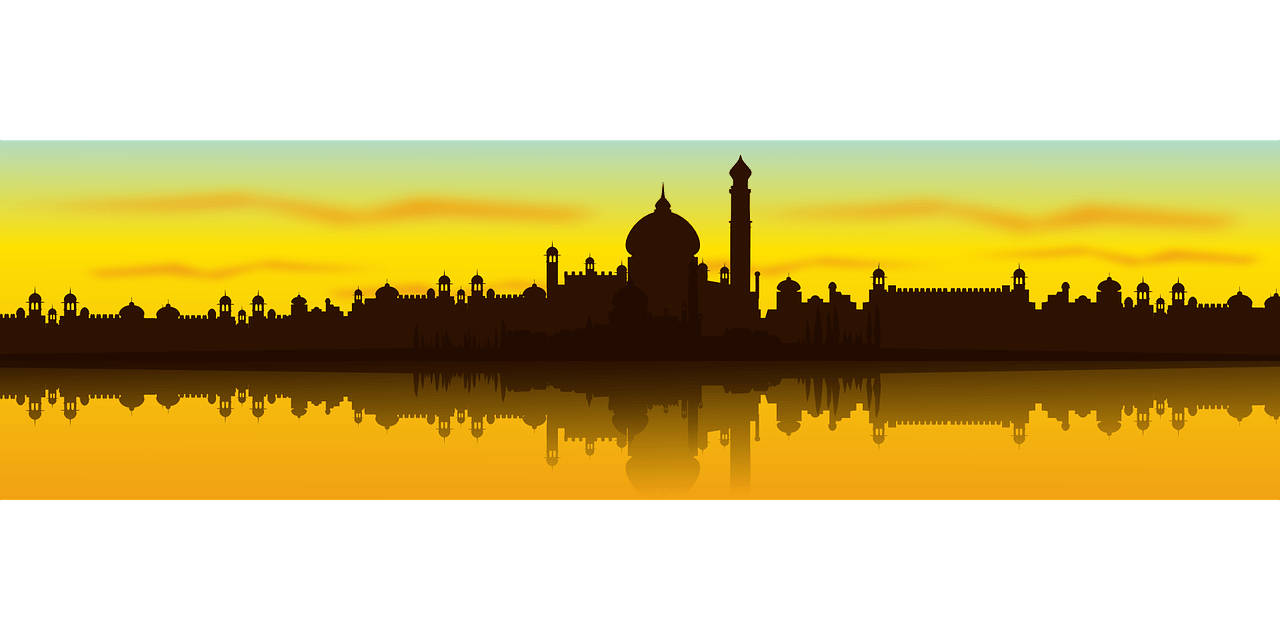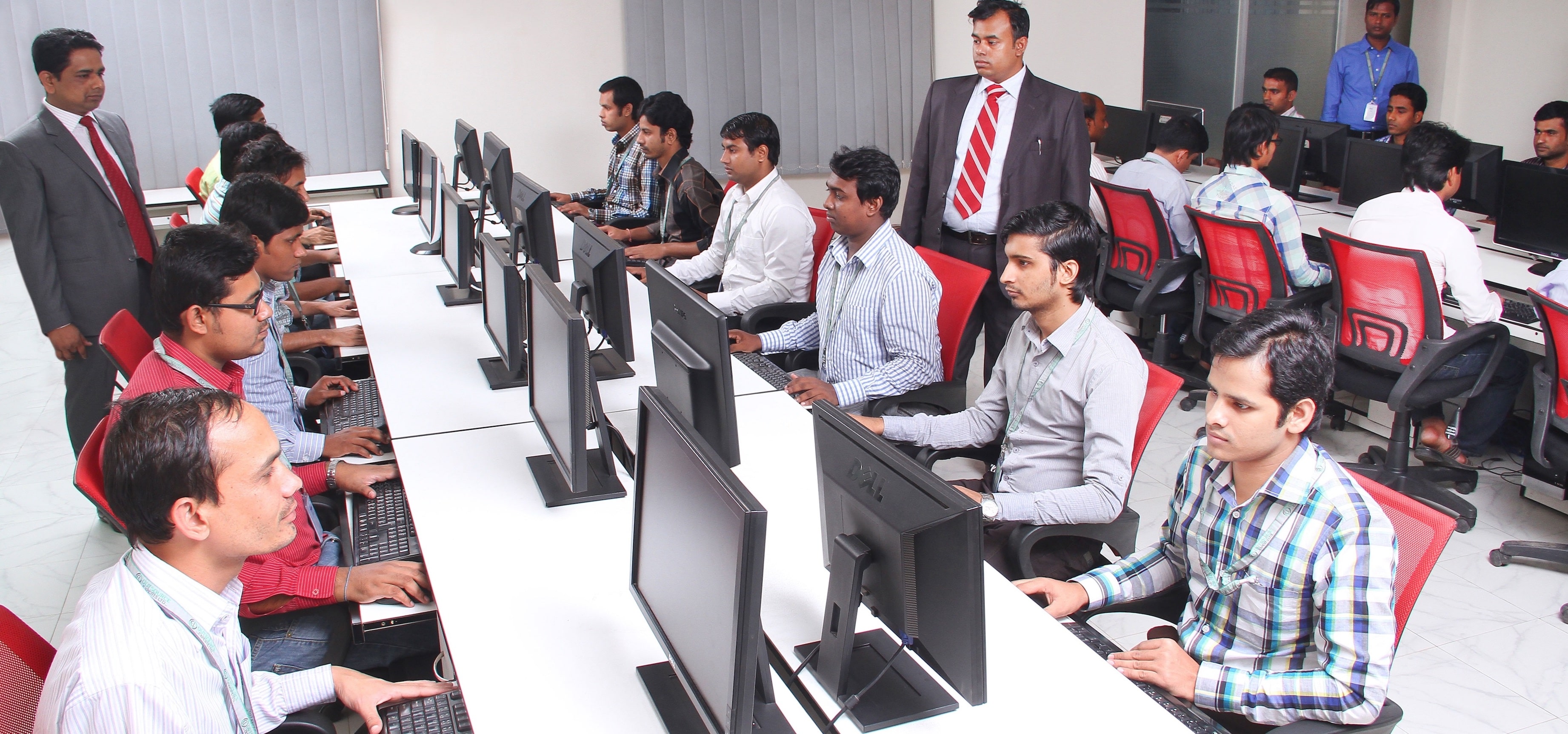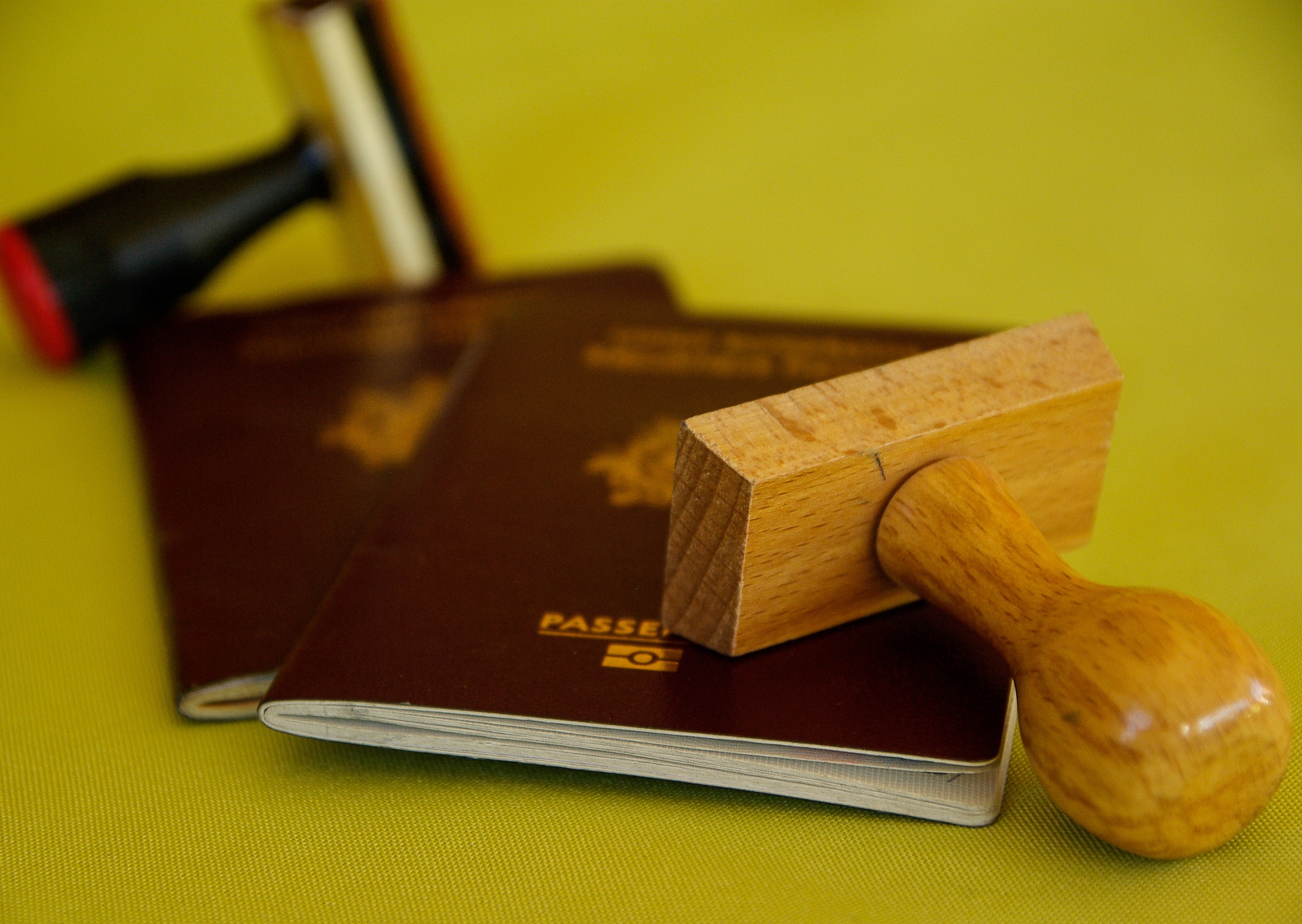A very ancient civilization, almost dating back to the start of human civilization, Indian History makes very interesting reading. Though it is very difficult to sum it all up in an article, I will just try to touch certain milestones for you to use them as key words to research more about India. Since you are a prospective overseas student planning to enroll in a course in India for your studies or already taken admission and set to travel to India, reading this article will definitely make you head our way with a resolution to explore India in detail.
Around 5000 to 2500 BC, India was found around River Indus as Indus Valley Civilization or Harappan civilization. It was a land of plenty, with meticulous urban planning, rich art, as well as a very a very scientific language called Sanskrit. Punctuated by invaders and travelers, India remained rich in heritage and culture and a very strong economy.
Then came the Vedic civilization, the origin of Hinduism in the world. It was named after Vedas, the early literature of that era. Ramayana and Mahabharata are the two epics of this era. Seventh and sixth century MC, was the period when Buddhism originated and spread across the region.
326 BC, Alexander invaded and brought in an influx of a different culture resulting in a very fruitful marriage of civilization from Greece. Mauryan Empire with King Ashoka, called the Gupta Dynasty ruled India later on followed by Harshvardhan era followed by many iconic dynasties. Tenth century saw the influx of Muslim rulers to India from Persia.
The period between 1206 A.D. and 1526 A.D. in India's history is known as the Delhi Sultanate period. During this period of over three hundred years, five dynasties ruled in Delhi. These were: The Slave dynasty (1206-90), Khilji dynasty (1290-1320), Tughlaq dynasty (1320-1413), Sayyid dynasty (1414-51), and Lodhi dynasty (1451-1526). There was also the rise of Vijayanagar Empire led by king KrishnaDeva Raya.
An important landmark in the cultural history of medieval India was the silent revolution in society brought about by a galaxy of socio-religious reformers, a revolution known as the Bhakti Movement. This movement was responsible for many rites and rituals associated with the worship of God by Hindus, Muslims and Sikhs of Indian subcontinent. This was followed by the rise of Mughal period.
During the same time, Sikhism was founded by Guru Nanak Dev at the beginning of the sixteenth century and on his death followed by nine Gurus in succession. This was followed by great Marathas rising in the west led by Chhatrapati Shivaji, who could defeat the Mughals. The Mughal Empire started disintegrating with the death of Aurangazeb in 1707. Taj Mahal, Red Fort and many other monuments were built during this period.
The imperial dynasty became extinct with Bahadur Shah II who was deported to Rangoon by the British on suspicion of assisting the sepoy mutineers. He died there in 1862. This marked the end of the medieval era of Indian history, and gradually, the British hold over the nation increased and gave birth to the Indian struggle for freedom. Mahatama Gandhi pioneered this struggle leading to India becoming Independent in 1947. Since then India has evolved into a leading nation of the modern world.
This entire history has left its impressions, which are still intact and can be visited and appreciated. Amongst them are ruins of Nalanda university, Sun Temple Konark, Meenakshi Temple, Madurai, various forts of Rajasthan, Ajanta and Elora caves, city of Mandu, Chola Temples, Golkonda Fort, churches and convents of Goa, Budhist Monuments of Sanchi, Taj Mahal, Jama Masjid, Golden Temple at Amritsar, many pilgrimage places including Amarnath Caves, Khajuraho group of monuments, Jantar Mantar, Mysore Palace, Leh Monastries, Qutub Minar amongst many more. So during you stay in India, make it a point to visit some of these splendid monuments of India’s past. There is much more to write, but I am sure to have stimulated the travel cells in you all.













Leave a comment
Comments:
Rajeev Kapoor